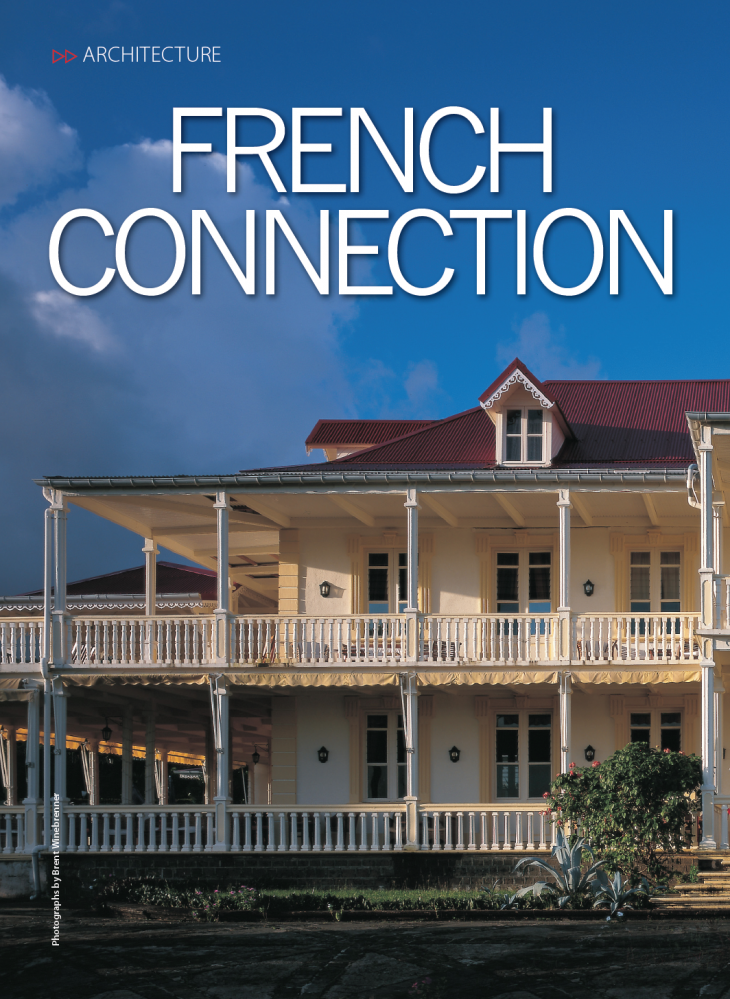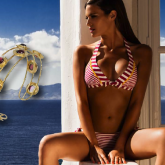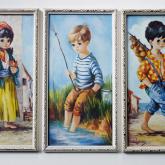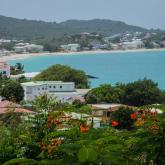
 The French brought their distinctive grand style to the Caribbean islands from the 1600s onwards and as sugar brought great wealth, increasingly impressive buildings appeared in the colonies. Decorative arts historian and author Dr Michael Connors explains.
The French brought their distinctive grand style to the Caribbean islands from the 1600s onwards and as sugar brought great wealth, increasingly impressive buildings appeared in the colonies. Decorative arts historian and author Dr Michael Connors explains.
The French grand manner made its first appearance in the Caribbean in the mid-1600s when Armand Jean du Plesses, cardinal de Richelieu, appointed Philippe de Lonvilliers de Poincy as governorgeneral of the French part of the island of St Christopher (St Kitts). He built an elegant three storey chateau of stone and red brick, Chateau de la Montagne at La Fontaine. Although it is ruins today many architectural historians believe this was the fi nest great house in the Caribbean

Later, as the age of white gold or L’age d’or blanc brought sugar wealth, additional great mansions began to be built with emphasis placed on the exterior and the spaciousness of the rooms. A perfect example is the baroque palace Sans Souci built near Milot on the north coast of Haiti. In ruins today, it was designed to be ‘the most regal structure ever raised in the New World’
La fregate, Martinique
Habitation La Fregate, built in 1704 near le Francois is one of the oldest houses on Martinique and has the rustic elegance characteristic of French colonial island architecture. One of its most prominent features is the orange fish scale tiles on the roof. These were produced in nearby La Poterie, where the soil has the desired clay content. Similar tiles were used throughout the French islands and shipped to other Caribbean countries. Established in 1694, La Poterie is one of the few remaining tile and brick factories that continues to function today
La Fregate is painted a pink-orange, the colour of the surrounding bougainvillea flowers, and the shutters borrow their blue from the sky and the sea – the colours being taken from the surrounding tropical environment. The finely crafted balustrade and balusters that make up La Fregate’s staircase are crafted from island mahogany
Habitation Pecoul
Pecoul plantation’s maison d’habitation was built in 1760 and bears the characteristic French West Indian square two-storey plan with an enclosed gallery on four sides. The Symmetrical house’s ground floor has a large central room that is currently used as a dining area.
From Caribbean Houses, History, Style and Architecture by Dr Michael Connors. Published by Rizzoli, New York.




